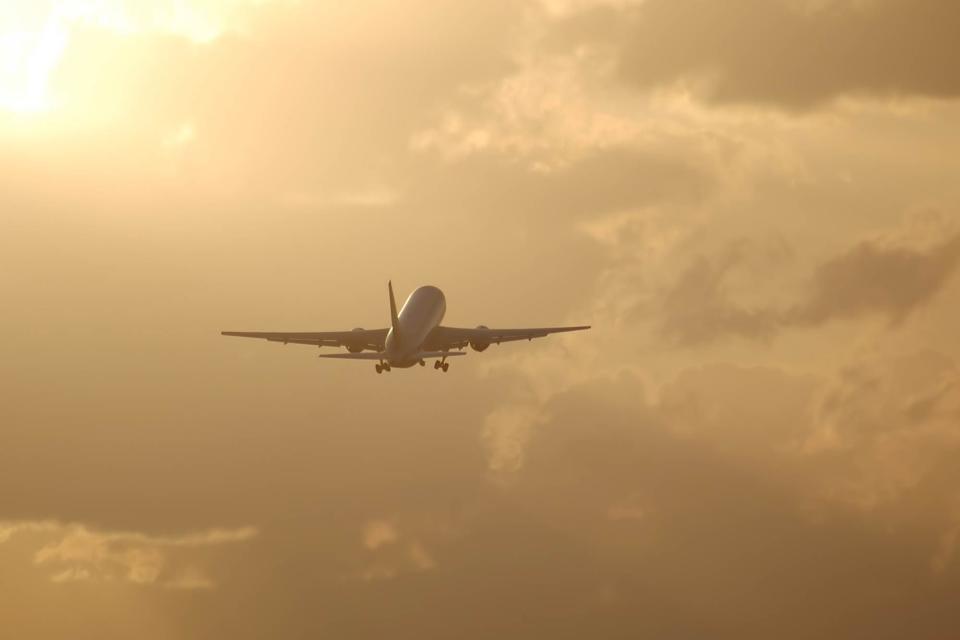Why Planes Are Among the Safest Modes of Transportation, According to Aviation Experts
Are planes safe? Yes, yes they are.

Getty Images
, You've probably heard that you're far more likely to die in a car accident than you are in a plane crash — and that's a fact. According to the National Safety Council, there were 39,107 car crash deaths in the United States in 2019. That same year, there were 257 deaths from commercial plane crashes around the world. In other words, the odds are very low that you'll die in a plane crash.
"Accidents are rare in aviation. There were five fatal accidents among 32.2 million flights in 2022," Willie Walsh, director general of the International Air Transport Association (IATA), said in a statement. "That tells us that flying is among the safest activities in which a person can engage."
In the early days of aviation, flying was far riskier than it is today. "When airplanes were in their infancy, they were made of cloth and wood. There are true stories of wings and tails separating from the fuselage after the pilot encountered significant turbulence," Dr. Dan Bubb, a professor at the University of Nevada, Las Vegas, and a former airline pilot, tells Travel + Leisure. "However, within three decades, by the early 1930s, the quality of planes significantly improved as airlines acquired twin-engine, all-metal planes."
While safety improved by the middle of the century, it was still relatively risky to fly. "Major accidents were once startlingly common. In 1985, there was a major accident roughly every two weeks," former pilot Patrick Smith of Ask the Pilot tells T+L. "Nowadays, we go several months or even years without seeing one."
The improvement, according to Smith, is due in part to better pilot training and improvement in onboard technology. Pilot training now goes far beyond the technical skills required to operate an aircraft. "We developed a stronger emphasis on what we call 'Crew Resource Management' and 'Human Factors Analysis,'" says Smith.
And as for onboard technology, there are countless systems designed to make flights safe, from fire suppression systems to the Traffic Collision Avoidance System (TCAS) to the Enhanced Ground Proximity Warning System (EGWPS). "One of the reasons [planes are] so complex is because the many safety features and redundancies make them so," he adds. "Every onboard system and component has to be engineered to an extremely high level of reliability." Plus, most aviation systems are designed to be redundant — that is, if one system were to go down, another would be able to serve as a backup.
And all of those systems are regularly and thoroughly checked, particularly in the United States under the jurisdiction of the Federal Aviation Administration (FAA). "If any aircraft fails an inspection, it is automatically grounded. Mechanics literally take apart the planes to inspect all parts," says Bubb. "Also, the FAA will send inspectors to do unannounced checks on the planes, including inspection of all records and documents. The process is far more rigorous than for any other mode of public transportation."
Though exceptionally rare, fatal aviation accidents do occur today, but safety is only continuing to improve. Walsh says, "Safety is aviation’s highest priority, and our goal is to have every flight take off and land safely, regardless of region or aircraft type."
For more Travel & Leisure news, make sure to sign up for our newsletter!
Read the original article on Travel & Leisure.


